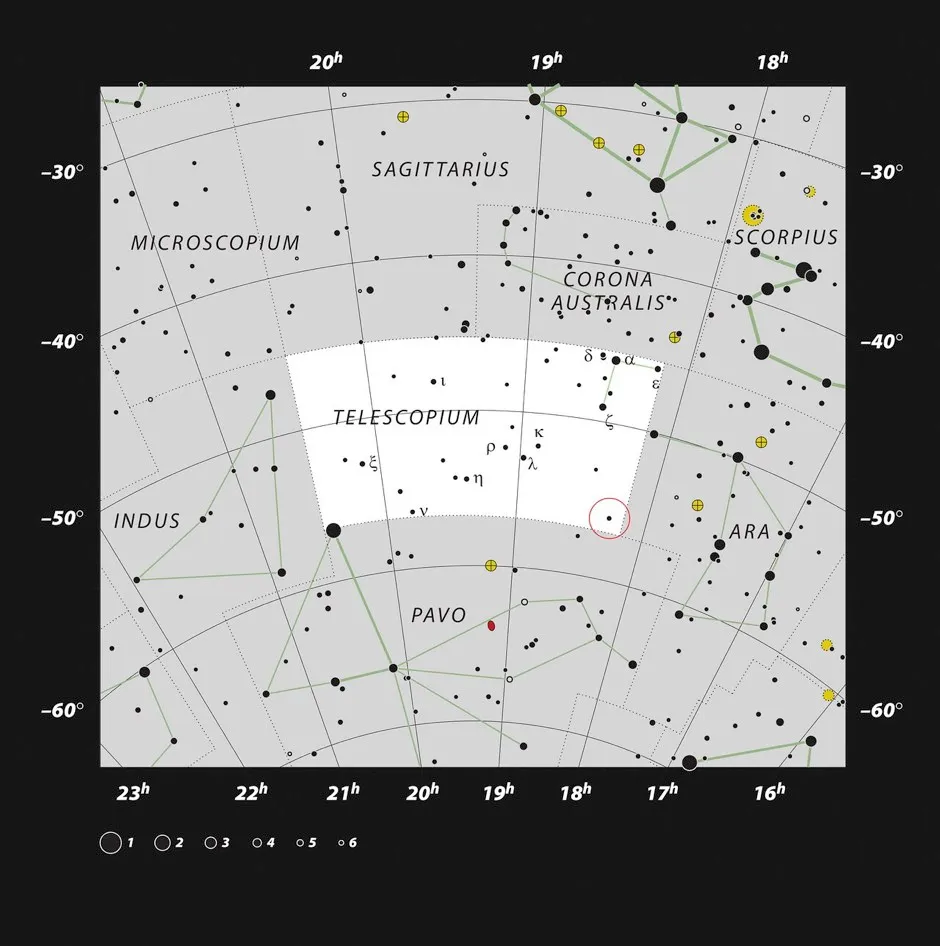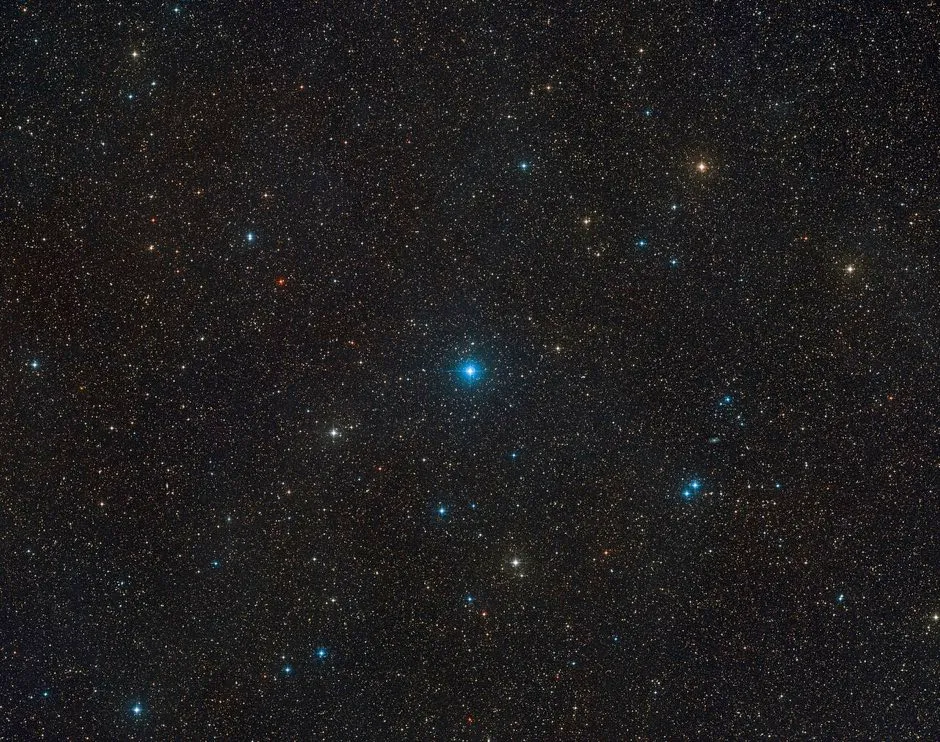European astronomers have found the closest black hole to Earth yet – so near that two stars orbiting it can be seen by the naked eye.
Of course, close is relative on the galactic scale. This black hole is about 1,000 light-years away and each light-year is 9.46 trillion kilometres.
But in terms of the cosmos and even the Galaxy, it is nearby, said European Southern Observatory astronomer Thomas Rivinius, who led the study published in the journal Astronomy & Astrophysics.
The previous closest black hole is probably about three times further, about 3,200 light-years, he said.
The discovery of a closer black hole, which is in the constellation Telescopium in the Southern Hemisphere, hints that there are more out there. Astronomers theorise there are between 100 million to 1 billion of these small but dense objects in the Milky Way.
But scientists can usually only spot them when they’re absorbing sections of a partner star or another object falls into them.
Read more about black holes:
- Dr Becky Smethurst: How do you actually find a black hole?
- Star’s rosette orbit around supermassive black hole ‘proves Einstein right’
- Supermassive black holes may not be as massive as we thought
Astronomers believe most black holes, including this newly discovered one, do not have anything close enough to swallow. So they go undetected.
Astronomers found this hole because of the unusual orbit of a star. The new black hole is part of what used to be a three-star dance in a system called HR6819. The two remaining super-hot stars are not close enough to be sucked in, but the inner star’s orbit is warped.

Using a telescope in Chile, they confirmed that there was something about four or five times the mass of our Sun pulling on the inner star. It could only be a black hole, they concluded.
“It will motivate additional searches among bright, relatively nearby stars,” said Ohio State University astronomer Todd Thompson.
Like most of these type of black holes, this one is tiny, maybe 40km in diameter.
“Washington, DC would quite easily fit into the black hole, and once it went in it, would never come back,” said astronomer Dietrich Baade, a study co-author.

These are young hot stars compared to our 4.6 billion-year-old Sun.
They are maybe 140 million years old, but at 15,000°C, they are three times hotter than the Sun, Dr Rivinius said.
About 15 million years ago, one of those stars got too big and too hot and went supernova, turning into the black hole in a violent process, he said.
“It is most likely that there are black holes much closer than this one,” said Avi Loeb, director of Harvard’s Black Hole Initiative.
“If you find an ant while scanning a tiny fraction of your kitchen, you know there must be many more out there.”
Reader Q&A: Do black holes collapse?
Asked by: Patricia Rodrigues, King’s Lynn
The Schwarzschild radius (event horizon) of a black hole is sometimes thought of as the black hole’s ‘size’. It is proportional to mass, which means that more massive black holes have bigger Schwarzschild radii.
Left alone, black holes lose mass due to ‘Hawking radiation’, so that their event horizons are slowly shrinking. A typical black hole would take many billions of times the age of the Universe to completely ‘evaporate’ and disappear.
But, the interior of the black hole, or its ‘singularity’ (the point at which all the black hole’s matter is concentrated) has already reached the limit of its density and cannot ‘collapse’ any further.
Read more about black holes:
